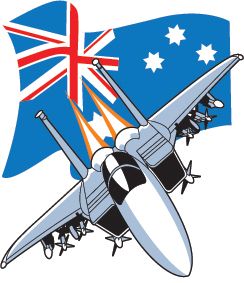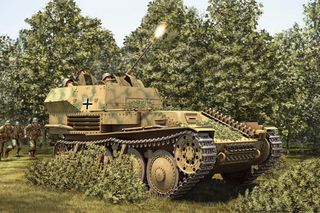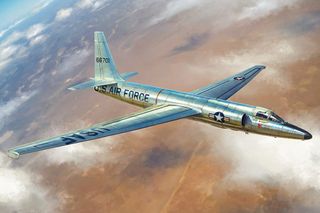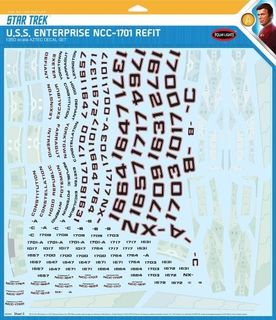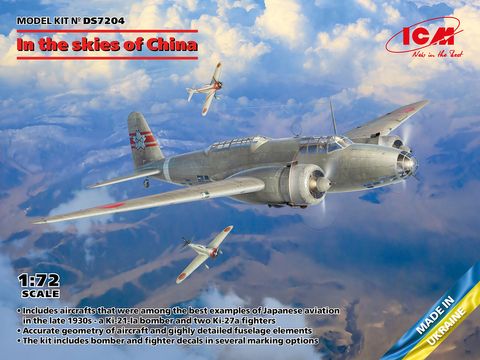
Description
In the skies of China (Ki-21-Ia, two ÐÑ-27а)
On July 7, 1937, the incident on the Lugouqiao Bridge near Beijing started the Second Sino-Japanese War. From the first days of the invasion, the Japanese navy’s aircraft held the brunt of the attack, and this forced the army air force to increase its supply of aircraft. In the spring of 1938, the Ki-27a fighter appeared in the skies of China. Its combat qualities, combined with the high training of its personnel, allowed the Japanese air force to gain an advantage over the Chinese Air Force. In air battles, the fighter successfully fought Soviet-made I-15 and I-16 aircraft.
Also in 1938, Ki-21-Ia bombers appeared in the Chinese skies, and the 60th Sentai was the
first to receive them. The planes were immediately involved in active combat operations, and their crews managed to develop an effective tactic of use: they maintained a close combat formation in the target area, combining this with mutual fire support.
The Ki-21-Ia bombers also proved to be highly survivable, being able to withstand damage from a large number of conventional caliber bullets. For a certain period of time, these aircraft were the only long-range bombers in the Japanese Army Air Force.
